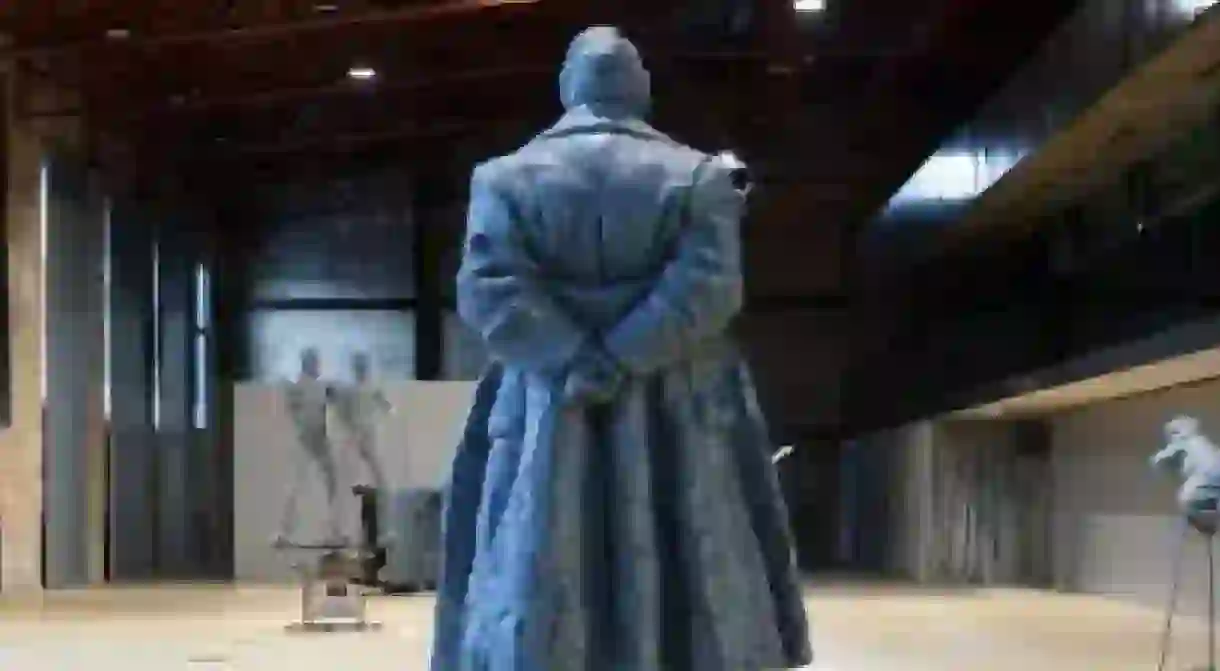The Best Contemporary Art Galleries in Zagreb

A sophisticated city with imperial architecture, cobbled streets, a vibrant dining scene and lush parks, Zagreb also possesses an edgy side; the legacy of its Socialist past and location at the cross-roads between East and West. From renowned museums to institutions commemorating broken relationships and artist-led, alternative exhibition spaces, we explore ten must-visit art galleries in Zagreb.

Museum of Broken Relationships
Museum, Shop

Croatian Museum of Naïve Art
Museum

Lauba House
Art Gallery

Greta
Shop
G-mk
Močvara
Museum of Street Art
The idea to revitalize and transform different parts of the city of Zagreb led a group of well-known Croatian artists to supervise the Museum of Street Art, or MUU. The repainting, refurbishment of empty walls, as well as artistic intervention in older parts of the city followed on from this. Starting with the renovation of the ulica Branimirova, the street connecting the main bus and train stations, the ‘museum’ has since continued revamping with three more projects in the neglected areas of Siget and Dugave, as well as the interior of the abandoned military hospital in Vlaska 87. The result is a fantastic mix of painting, spray-can culture by established artists such as Ivan Fijolić and street artists such as OKO. Locals are delighted with the changes in their area, where people can enjoy works of art while avoiding the elitist surroundings and opening hours of most galleries.
Museum of Street Art, different locations in Zagreb

Meštrović Atelier
Museum

Galerija Nova/WHW
Strossmayer Gallery
Building, Park













